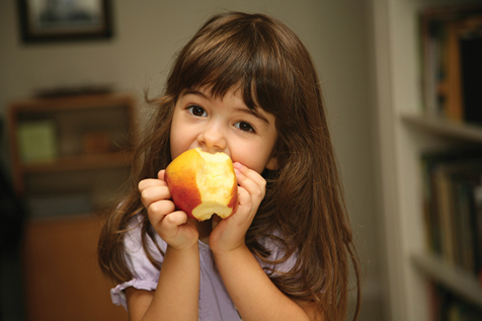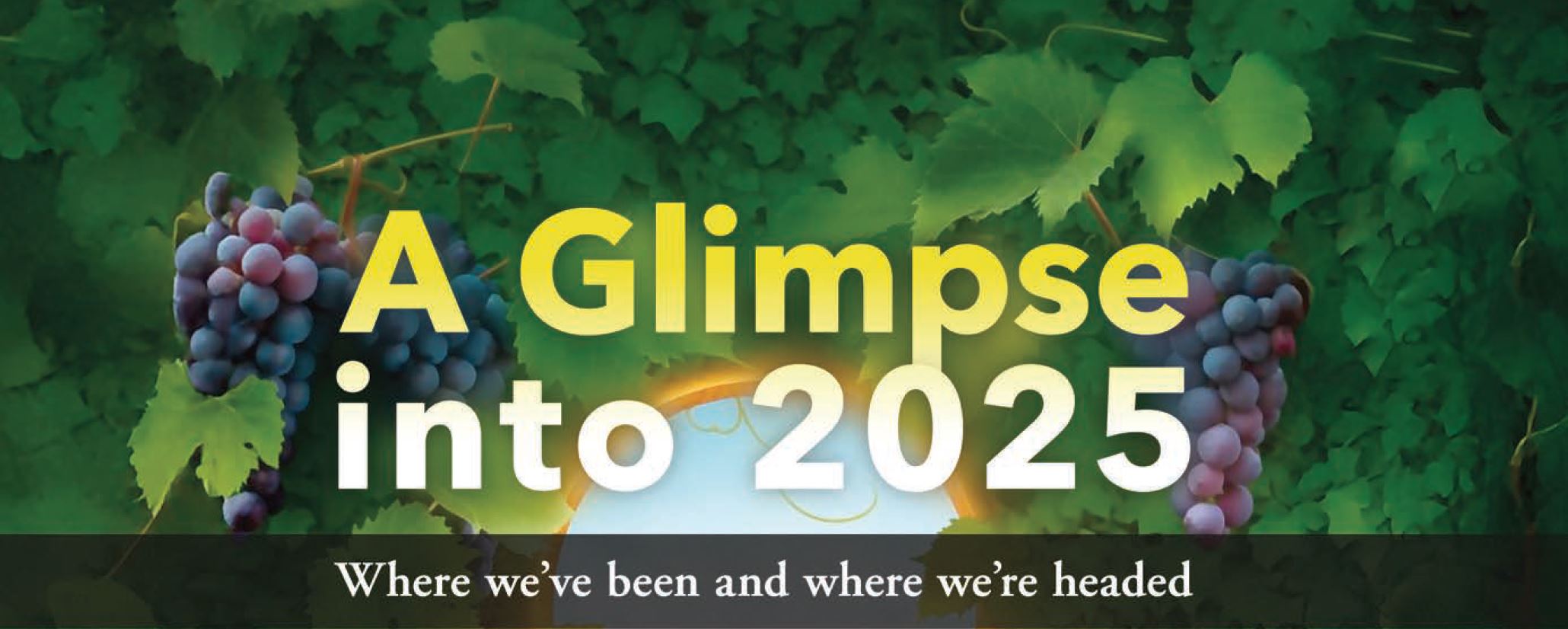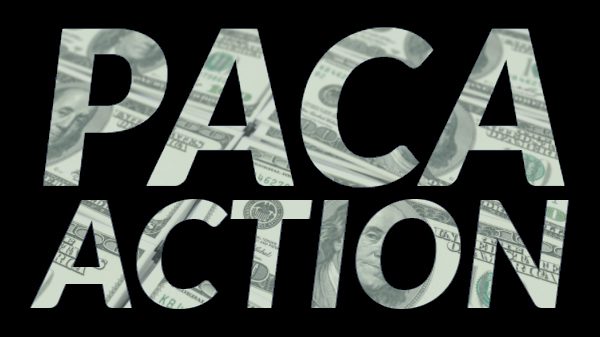Welcome to Blue Book!
Are you ready to join the thousands of companies who rely on Blue Book to drive smarter decisions? View our plans and get started today!
Still have questions? We’d love to show you what Blue Book can do for you. Drop us a line– we’ve been waiting for you.

The California Apple Commission’s executive director, Alexander Ott, feels the same way, only the Golden State’s competition comes mostly from its Northwestern neighbors, which he says “shortens the marketing window for California fruit.”
Of course, there is competition outside the United States as well. Rebecca Lyons, of the Washington Apple Commission, explains, “In Asia, China is both a competitor and a market opportunity. In other markets such as the Middle East, we face competition from the European Union apple suppliers such as France and Italy. Chile is a counterseasonal competitor, but with improved storage technologies, they provide competition almost year round in South America.”
Grower-shippers in Washington state dealt with another kind of supply issue in late summer, when lightning strikes set off wildfires across the state in August. Blazes swept through a number of areas, including parts of Okanogan and Chelan in the north, Cable Crossing and Stouts Creek in the southwest, and the Phillips Creek, Eagle, and Windy Ridge regions near the Idaho state line. Packing and storage facilities, sales offices, and some harvested apples were affected, with damages reportedly in the millions of dollars for some growers.
The Role of Organics
While apple acreage has decreased over the last decade, mostly due to a reduction of processed apple products such as juice, organic production has climbed. Apples are among the top organic fruit purchases, and while there are higher costs associated with producing them, growers see this as a way to increase income.
Stemilt Growers, LLC in Wenatchee, WA has been growing organically since 1989. “Demand is rising since the economy rebounded,” notes Roger Pepperl, director of marketing, “and we’re keeping up by converting more orchards to organic.”
Randy Hartmann, vice president of sales, at Pacificpro, Inc. in Bellevue, Washington, confirms an increase in demand the last few years, which has resulted in some changes. “We’re seeing a growing number of receivers focus solely on organics.”
David Moen, vice president of marketing and business development at San Francisco-based CDS Distributing, Inc., says, “Demand for organics exceeds supply. Retailers like Costco, Kroger, and Walmart only have to add a couple of organic SKUs and that’s huge volume.”
Such market shifts, however, could pose a problem according to Randy Steensma, president of Wenatchee-based Honey Bear Tree Fruit Company, LLC. “Organics are a hot button issue; they represent 7 percent of Washington production and 5 percent nationwide.” More importantly, he observes, is that organics “are variety-specific and growers have to get a premium to justify the additional costs. Large blocks of fruit are being turned into organics, but if too many orchards go that way, the premium goes down.”




